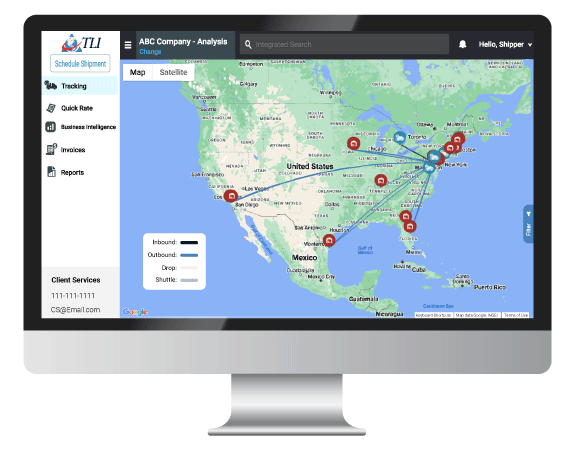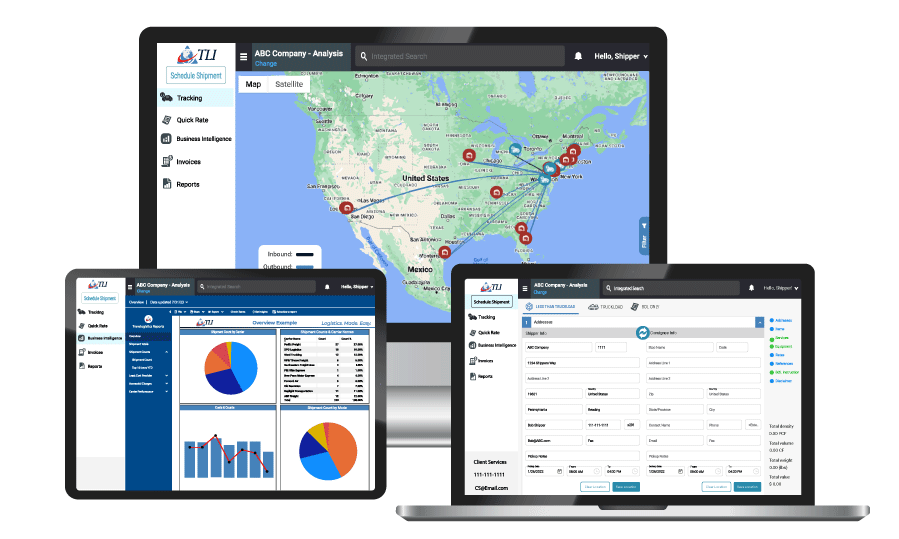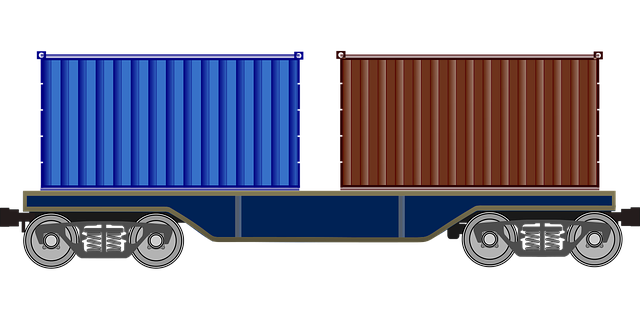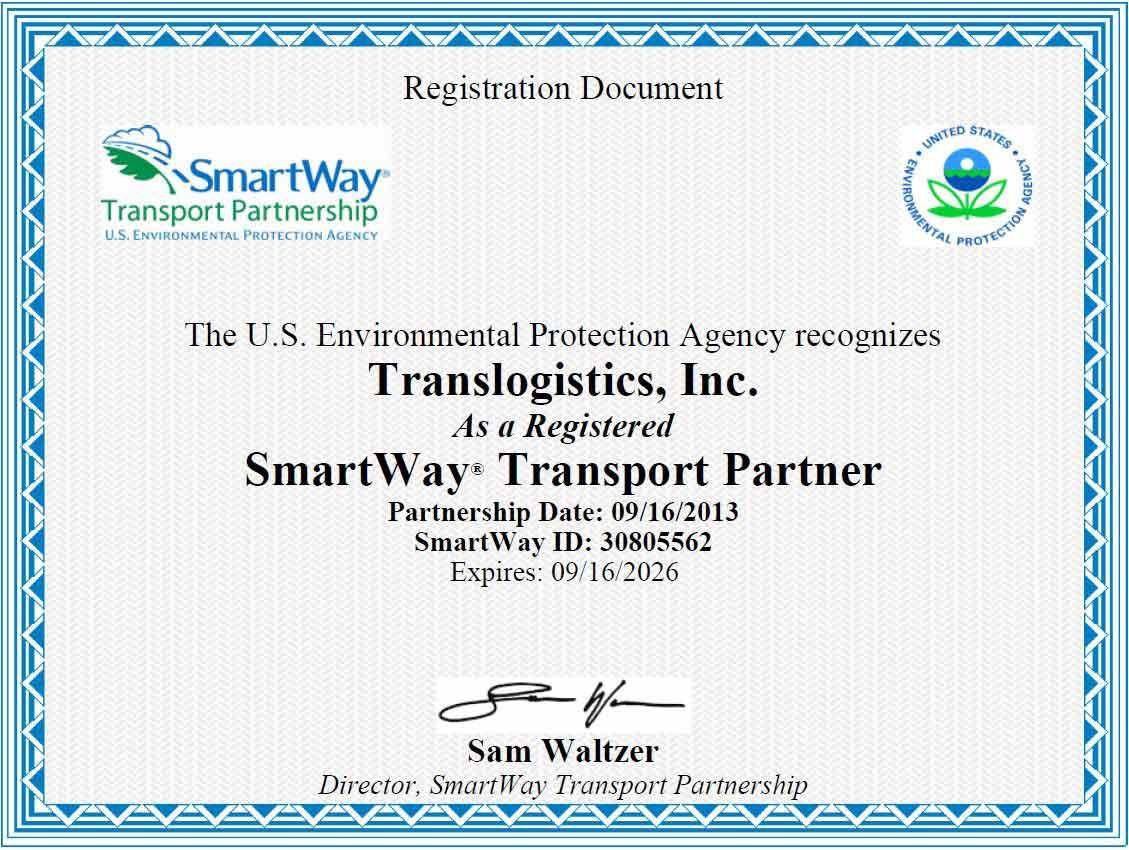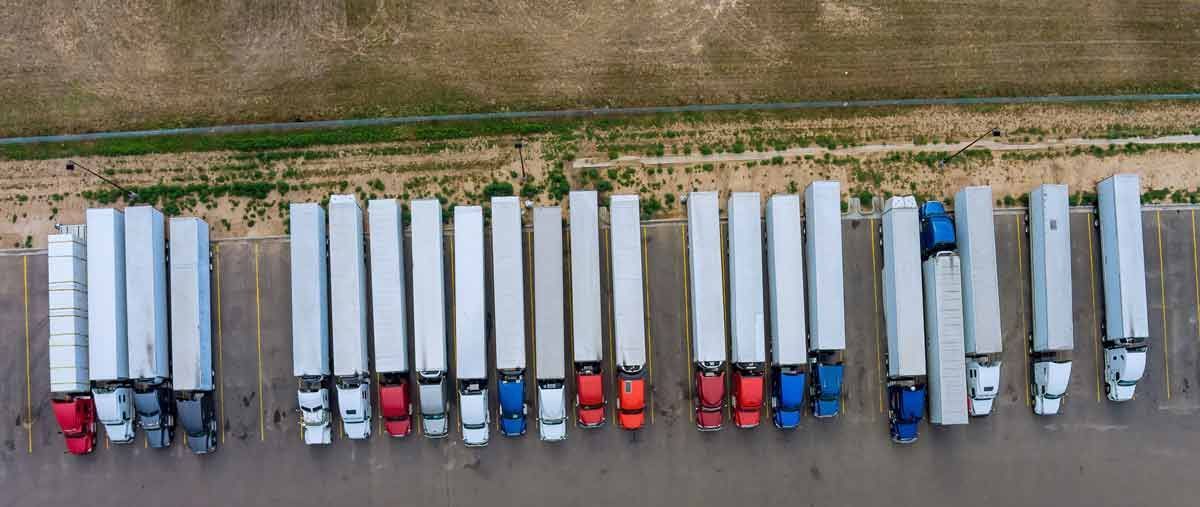Improving Transit Time
As a shipper, improving your load's delivery times can set you apart from competitors and enhance customer satisfaction. It requires a combination of strategic planning, technology, and operational awareness. In this guide, we will cover best practices to improve delivery accuracy, plan for seasonal demand, and leverage the features in
transportation management systems (TMS) like
ViewPoint TMS to help you meet customer expectations.
1. Improve Delivery Accuracy
2. Plan for Seasonal Demand
Seasonal demand can have a big impact on delivery times. As we approach the holiday season, demand for shipments increases significantly. This is especially true for the LTL (less-than-truckload) market, where carriers are more likely to close or operate on limited schedules during peak periods like Thanksgiving or Christmas. To avoid delays during these times, you need to plan ahead.
Start by analyzing historical data to predict your seasonal shipping needs. Adjust your inventory levels and shipping schedule to ensure you have enough capacity. Use ViewPoint's tracking features to gather tracking reports to be aware of potential delays. Communicate with your carriers' dispatchers early to secure the necessary support resources. By anticipating higher demand and carrier availability issues, you can better manage your delivery times and reduce the impact of holiday-related disruptions.
3. Use Track-and-Trace Features
One of the most powerful tools in a TMS is the track-and-trace functionality. With ViewPoint, you can monitor your shipments in real time. This gives you visibility into any potential delays and allows you to take action quickly. Track-and-trace allows you to stay informed about the exact location of your freight, so you can provide customers with accurate updates.
In addition to our advanced TMS features, we offer a dedicated TMS vendor portal that allows you to track your inbound and drop shipments in real-time, giving you greater visibility and control over your shipments. With this vendor tracking portal, you can easily monitor the status of each shipment, ensuring timely deliveries and reducing the need for constant follow-up. We also provide a
public tracking link for your customers, enabling them to track their shipments independently. This self-service option not only improves customer satisfaction but also streamlines communication by allowing your clients to check on the status of their orders at their convenience.
Real-time alerts can help keep your operations on track. If there’s a delay, you can adjust schedules, notify customers, and take action to avoid further disruptions. This proactive approach to shipment tracking helps ensure that even when challenges arise, you can handle them without affecting delivery times.
4. Consider Mileage Bands in the FTL Market
In the
FTL (full truckload) market, delivery times can vary depending on the region. For example, in the Northeast, a driver can typically cover 400-450 miles in a day if they pick up early in the morning. However, in the open country between Wisconsin and Indiana, a driver might be able to cover 500-550 miles. These general mileage bands should be considered when planning your schedules.
With ViewPoint's carrier transit time estimates, you can factor in the specific distances between pickup and delivery points to get a more accurate delivery time estimate, likewise mileage is populated for users. Understanding regional differences and planning accordingly will help prevent delays. It’s also essential to know that certain factors, such as road conditions or weather, can affect transit times, so always leave some buffer in your schedule.
5. Be Aware of Carrier Availability During Holidays
As mentioned, holiday seasons like Thanksgiving, Christmas, and New Year’s can significantly impact delivery times. Carriers often close or operate on reduced schedules during these times. For example, during Thanksgiving, many LTL carriers will close on Thanksgiving Day and may also close on the following Friday. In addition, there is typically less capacity in the FTL market during these peak periods, which can cause further delays.
To manage holiday-related disruptions, it’s essential to plan early. Review your shipping schedules and book deliveries well in advance. You can also use expedited services to avoid delays, but be aware that these come at a higher cost. TLI offers
expedited shipping services such as LTL guarantee quotes, team FTL, sprinter vans, cargo vans, and even air freight to meet urgent shipment needs. However, these options are more expensive than standard transit, so make sure to factor that into your planning.
6. Adjust Schedules for Maximum Efficiency
Another way to improve delivery times is by adjusting your schedules. This includes planning shipments based on when drivers can pick up and deliver loads, considering the unique factors of each route. Avoid tight schedules that can lead to rushed deliveries, which often result in mistakes and delays. Build some flexibility into your schedule to account for unexpected delays, such as heavy traffic or road closures.
Effective planning goes beyond just understanding transit times. You need to align your schedules with carrier availability, making sure that drivers have enough time to rest and complete their routes without unnecessary delays. ViewPoint’s advanced scheduling features allow you to automate these processes, ensuring your shipments move efficiently and on time.
7. Beware of Interlined Transit Times
8. Delivery Time Varies by Mode of Transportation
Rail transportation, while often a cost-effective option for long-haul shipments, can experience transit delays due to factors like congestion, weather conditions, or operational issues at rail yards. Unlike the LTL environment, where shipments can be expedited or rerouted to another carrier to avoid delays, rail shipments are less flexible once in transit. Once a shipment is on a railcar, it’s much harder to “rescue” or speed up the process. The rail system is more rigid, and changing a shipment's course or speeding up its delivery can be challenging. As a result, delays in rail transportation tend to be more difficult to mitigate, and it’s important to factor in this potential for delay when planning shipments that rely on rail.
In the
Full Truckload (FTL) market, there are no offloading points from terminal to terminal, which significantly reduces the risk of damage or loss compared to LTL shipments that often involve multiple transfers. With FTL, the freight remains in the same truck from pickup to delivery, minimizing handling and the potential for mishandling or accidents that could lead to claims. This streamlined process not only lowers the risk but also contributes to faster transit times since there are fewer stops and no need to offload and reload shipments at multiple terminals.
The speed of FTL shipments is further enhanced when utilizing a team load. A team is a pair of drivers who work in shifts to ensure continuous travel without rest breaks. While one driver is behind the wheel, the other is resting, allowing the truck to keep moving around the clock. This method significantly reduces transit times, especially on long-distance shipments, as the load is constantly in motion, shortening delivery windows and improving overall efficiency. For urgent or time-sensitive shipments, team loads are a powerful option for ensuring quick and reliable delivery.
Improving Transit Times
Improving delivery times isn’t just about speeding up the process; it’s about planning, communication, and using the right technology. By using ViewPoint’s TMS features, monitoring your shipments in real-time, and adjusting your schedules based on carrier availability and regional factors, you can stay ahead of potential delays. Keep in mind the impact of seasonal demand and make necessary adjustments to prevent disruptions. With careful planning and the right tools, you can meet customer expectations and improve delivery accuracy year-round.


